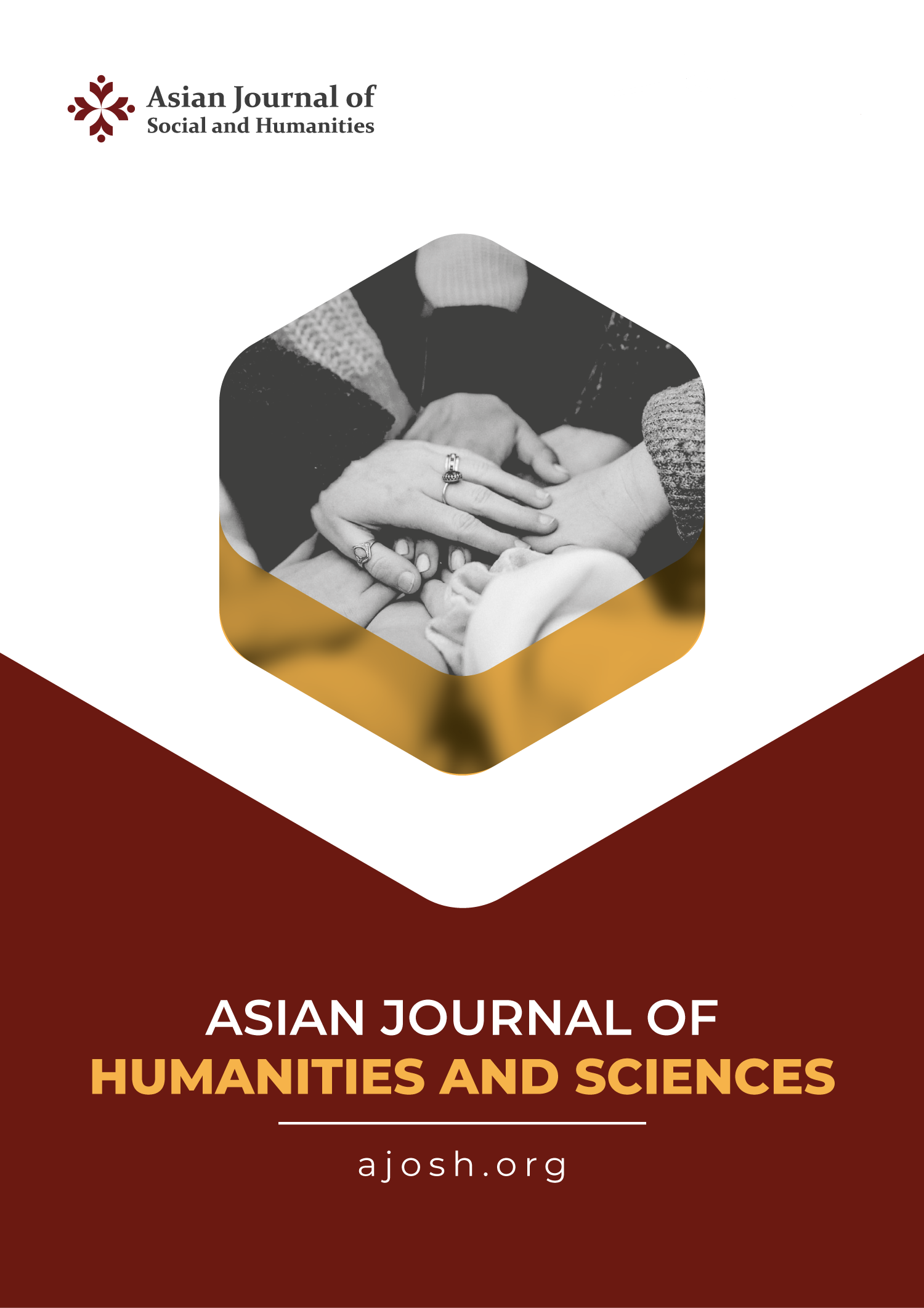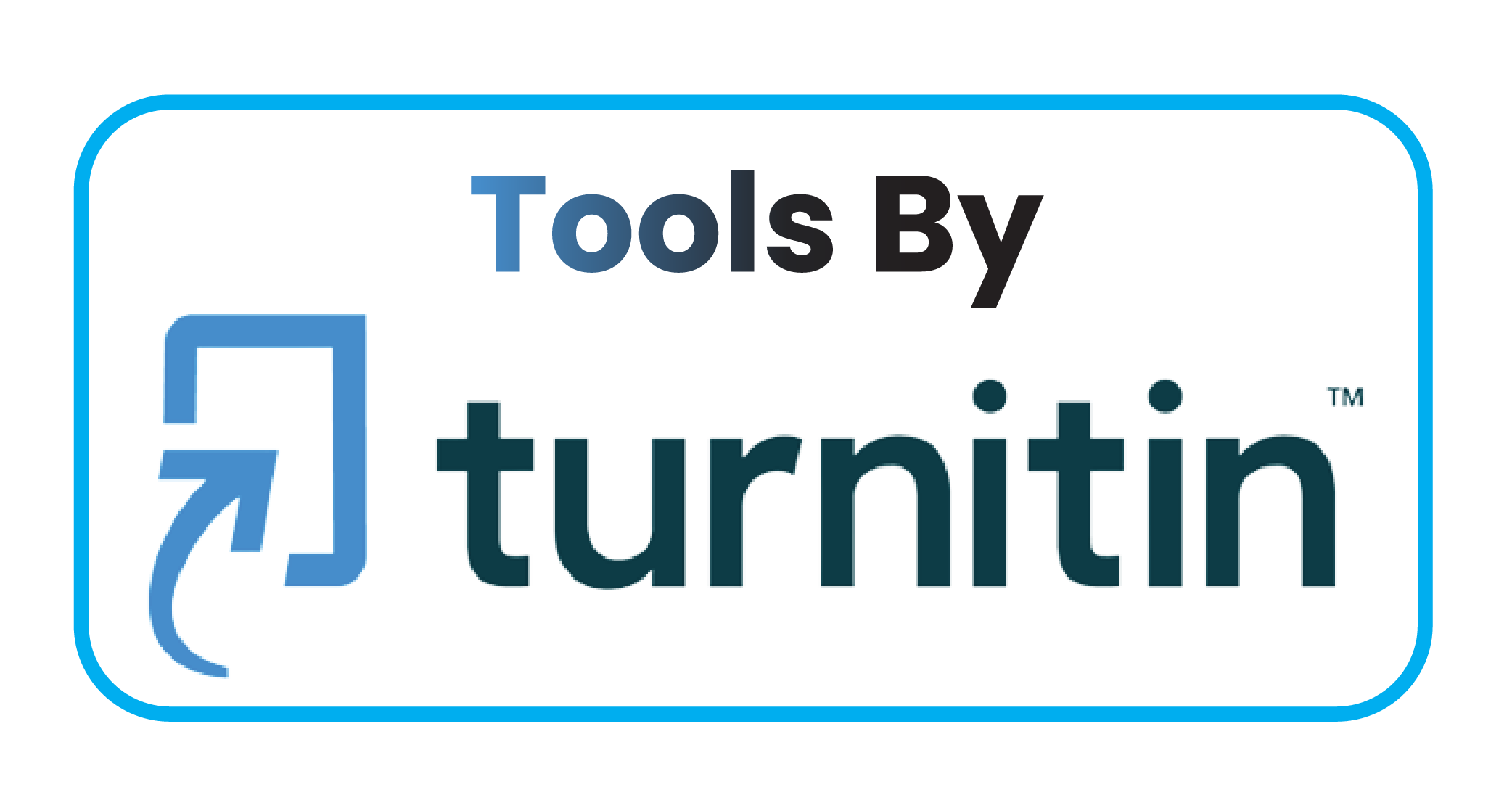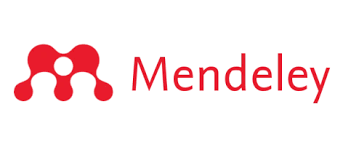Criminal Responsibility of Artificial Intelligence Committing Deepfake Crimes in Indonesia
DOI:
https://doi.org/10.59888/ajosh.v2i4.222Keywords:
artificial intelligence, deepfake, subjek hukumAbstract
The development of technology that continues to evolve has given birth to an innovation called artificial intelligence or artificial intelligence which is usually called "AI". The development of AI has sparked an algorithm called deepfake technology. Deepfakes use machine learning and neural network technology, which are methods in AI that teach computers to process data in a way inspired by the human brain. This study aims to determine the regulation of AI as perpetrators of deepfake crimes and to determine the criminal responsibility of AI who commit criminal acts in Indonesia. The research method used is normative legal research using a statutory approach (statue approach), conceptual approach (conceptual approach), and comparative approach (comparative approach). AI is classified as an electronic system and electronic agent which when viewed to the characteristics of AI that has a match with the definition of electronic systems and electronic agents. If AI commits deepfake crimes, it can violate several articles in Law No. 19 of 2016 concerning Electronic Information and Transactions. In California, legislation has been passed to address deepfakes related to pornography, fraud, and defamation: Calif AB-602 and Calif AB-730. There are three AI criminal liability models that commit criminal acts, namely Perpetration-via another model (PVM), Natural-Probable-Consequence Liability Model (NPCLM), and Direct Liability Model (DLM). In Indonesia, AI has not been recognized as a legal subject so that if you commit a criminal act, the person who must be responsible is the creator of AI or AI users
Published
Issue
Section
License
Copyright (c) 2024 Asri Gresmelian Eurike Hailtik, Wiwik Afifah

This work is licensed under a Creative Commons Attribution-ShareAlike 4.0 International License.
Authors who publish with this journal agree to the following terms:
- Authors retain copyright and grant the journal right of first publication with the work simultaneously licensed under a Creative Commons Attribution-ShareAlike 4.0 International. that allows others to share the work with an acknowledgement of the work's authorship and initial publication in this journal.
- Authors are able to enter into separate, additional contractual arrangements for the non-exclusive distribution of the journal's published version of the work (e.g., post it to an institutional repository or publish it in a book), with an acknowledgement of its initial publication in this journal.
- Authors are permitted and encouraged to post their work online (e.g., in institutional repositories or on their website) prior to and during the submission process, as it can lead to productive exchanges, as well as earlier and greater citation of published work.











